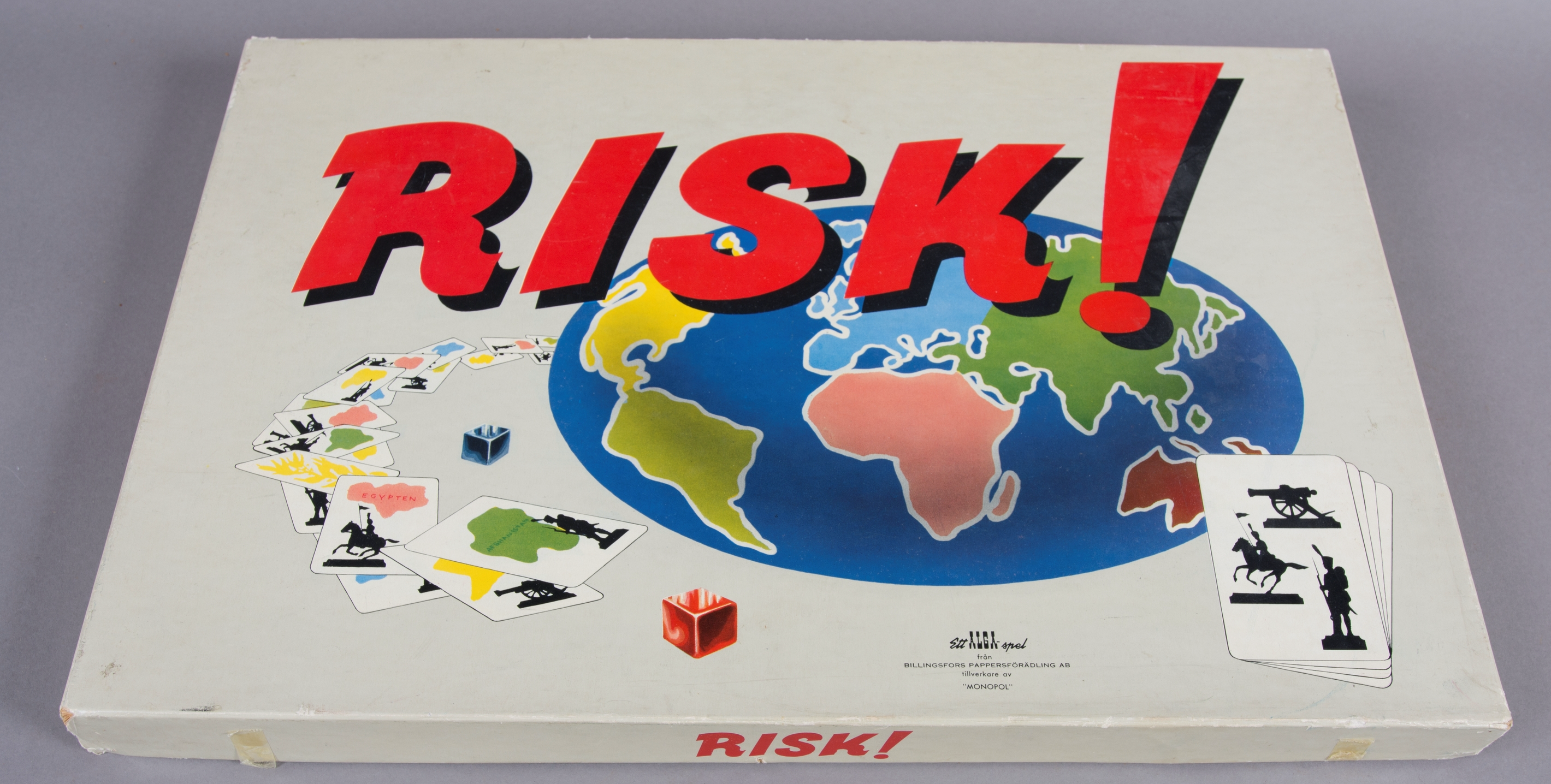Traditional publishing, hybrids, and risk

Everyone thinks the difference between traditional publishers and hybrid publishers is financial.
When you make a deal with a traditional publisher like Simon & Schuster, they typically pay you an advance payment. Even if there is no advance, at least you don’t have to pay them.
When you work with a hybrid publisher like Amplify, Greenleaf, or Ideapress, you pay them.
Who pays whom seems like the simplest way to understand the difference. But there’s a bigger concept behind it all: risk sharing.
In a traditional publishing deal, you share the risks and rewards.
In a hybrid publishing deal, you take on most of the risk and get more of the rewards.
Risk and reward are shared in the traditional book deal
Let’s imagine that a publisher agrees right now (in October 2025) to publish your book in 16 months, in January 2027. As part of the deal, you get a $50,000 advance, with $25,000 paid on signing and $25,000 paid on publication.
The publisher is taking a significant risk. It’s not just the $50,000 they’re paying, which is paid regardless of whether the book succeeds or not. It’s also the resources they’re committing: editors, graphic designers, publicists, and a sales force calling on bookstores. They are also printing and warehousing the book, which is a big expense and carries the risk that a bunch of copies will be sitting unsold in a warehouse. Even the books they send to bookstores and distributors are a risk, since those books can be returned at any time.
This risk is the reason it’s so hard to get a publishing contract. They don’t want to waste those resources on books that don’t look extremely promising. The better your idea, your author platform, and your marketing resources, the more convincing you can be that this risk is worth taking.
You are taking risks, too, of course. You’ve dedicated a year of your life to writing the book and you’re probably paying for a developmental editor and publicist. So the risk is shared.
Because of the risk the publisher is taking, they exert some control. They decide the publication date, which is typically a year-and-a-half off or more — because they want to mitigate the risk that you’ll produce a manuscript that needs major work, and because it’s more efficient to manage books and sales outreach on that schedule. And their royalty rate is lower, typically 10% to 15% of the cover price. They don’t pay those royalties until they accumulate to an amount exceeding the advance. In the case that the book is a big success and sells hundreds of thousands of copies, they’ll make lot of profit on their share of the sales. That’s their upside for taking on the risk — their big successful bets pay for what they invested in books that don’t take off.
In a hybrid deal, you shoulder most of the risk but get more of the reward
The situation with a hybrid is very different. Let’s take apart a hybrid deal where you’re paying the publisher $50,000 to get your book out. If you’re working with a solid hybrid like Amplify or Ideapress, you’ll be able to get a quality product available in the same distribution channels as a traditional publisher.
Now, however, you’re paying for nearly everything. That includes editing, design, and especially printing.
Because you are taking on all that risk, you get some benefits that a traditional publisher will never give you. These include complete editorial control, ownership of the physical books, and the ability to not only set an earlier publication date, but to change it based on circumstances. The publisher is basically a contractor and advisor working for you.
That’s expensive. If the book fails to sell well, you’re out a lot of money (as opposed to the situation with a traditional publisher, where when a book doesn’t sell, it’s the publisher that’s out a lot of money). But even a slow-selling book might generate a lot of success for you in leads, consulting, speaking, or a boosted reputation. That could be worth it to you, although it’s worthless to a traditional publisher.
In the event that the book sells extremely well, you’re way ahead. Your net royalties per copy are probably double what you would get from a traditional publisher. A 50,000-unit selling hybrid published book will generate something like $300,000 in royalties, which even after paying for all the fees of the hybrid, probably leaves you far ahead of what you would have gotten from a traditional publisher.
For you, it’s a higher risk, but higher potential reward.
This is why hybrids are expanding
It’s way harder to make money publishing than it used to be. In even the last ten years, market conditions have deteriorated. Publishers are far less willing to take big risks than they used to be.
This is why advances are down and deals are a lot harder to get.
That advance is still tempting, as is the imprimatur of a well-respected publishing imprint. Most authors would still rather get paid than take all the risk on themselves.
But if you are sure your book will pay off — either in sales or in other ways — a hybrid may be a better deal. You gain control, you get published sooner, and you reap more of the benefits if the book takes off.
I’m not advising one path or the other. I’m just hoping this gives you some insight into what your choices actually are.
I have published and self -published.I would never self-publish again thats all I can say.I prefer traditional, at least I can get a grant for the next book.Self-publishing doesn’t give you much but headache and money burning through your pocket. All the best whatever way you choose.
Appreciate your balanced take, Josh, and forwarded this to a couple clients.